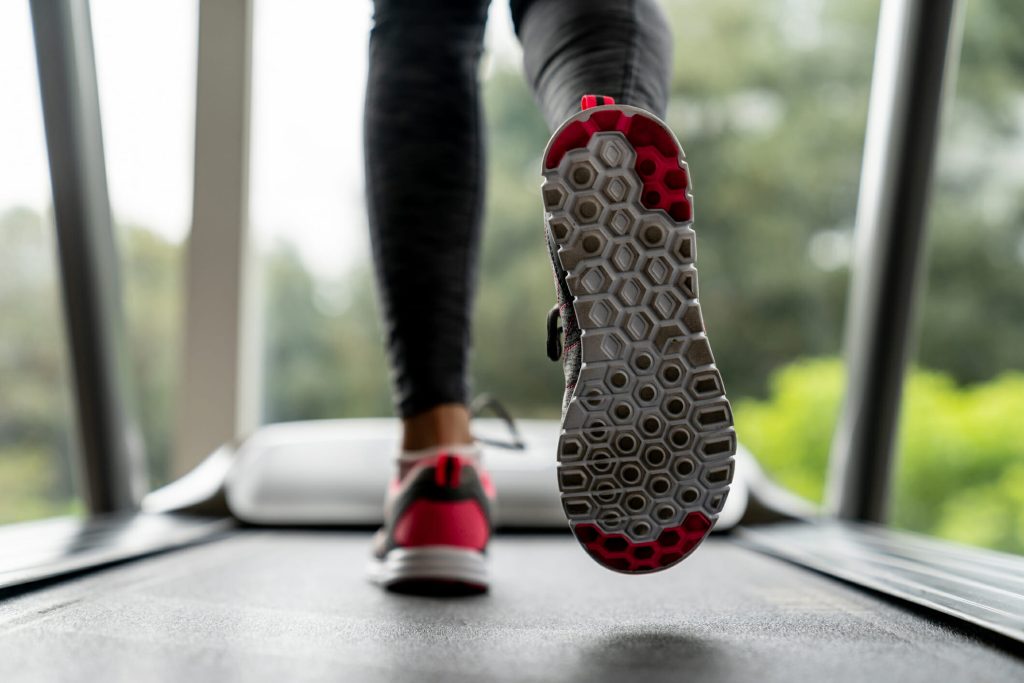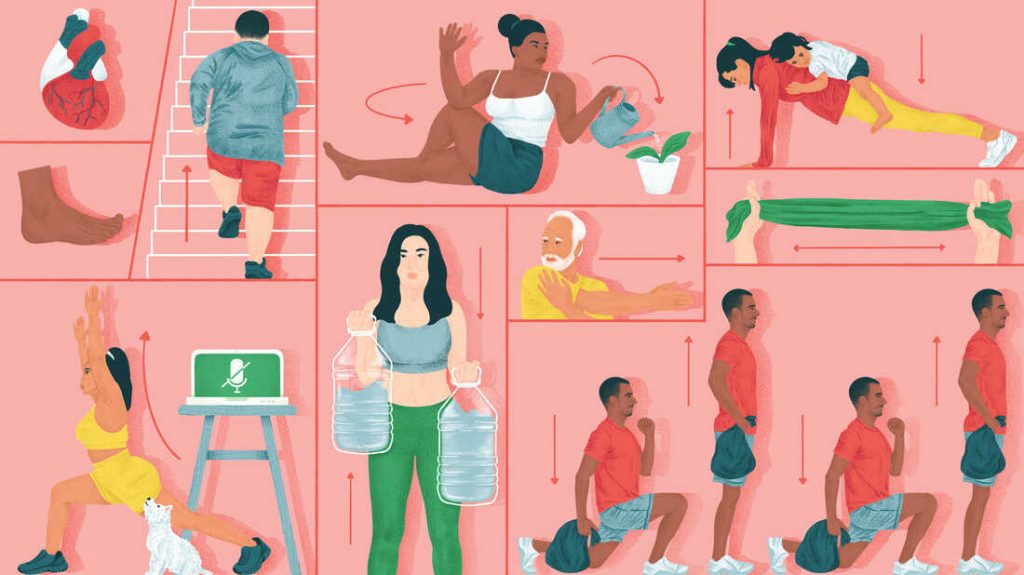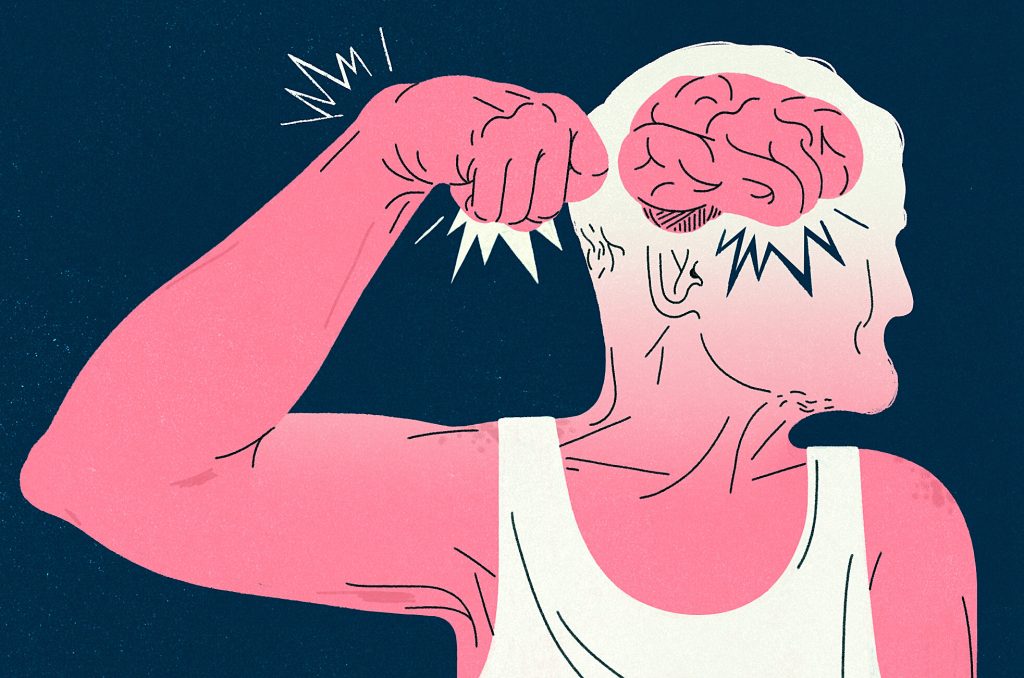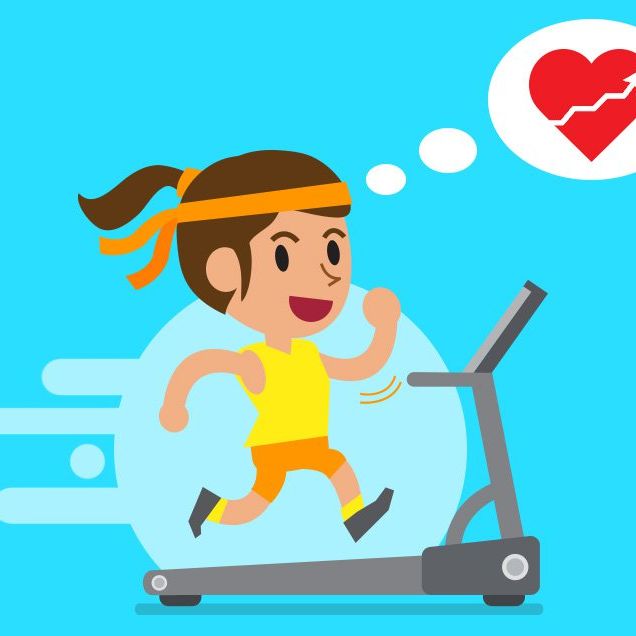According to research, those who start eight healthy living behaviours by the time they reach middle age may live significantly longer. These routines included practising good sleep hygiene and abstaining from smoking.
It is anticipated that men who adopt all eight behaviours by the age of 40 will live an average of 24 years longer than men who don’t.
The average life expectancy for women who developed all eight behaviours by the time they turned 40 was anticipated to be 23 years longer than for those who didn’t.
Eight lifestyle habits that, when adopted by midlife, may increase a person’s longevity were identified by a recent observational study.
The Veterans Affairs Million Veteran Programme MVP, a health research initiative centred on more than a million American veterans, provided data from medical records and questionnaires that were completed by 719,147 participants. The program’s goal is to aid in the study of the effects of genes, lifestyles, military experiences, and exposures on health and wellness.
The study was presented on Monday at Nutrition 2023, the premier annual meeting of the American Society for Nutrition in Boston, Massachusetts, by Xuan-Mai T. Nguyen, a health science specialist at the Department of Veterans Affairs and fourth-year medical student at Carle Illinois College of Medicine in Illinois.
The eight behaviours noted are:
- being active physically
- not a smoker
- reducing tension
- keeping a healthy diet
- not regularly consuming large amounts of alcohol
- observing proper sleeping habits
- keeping healthy social connections
- not becoming addicted to opioids
lifestyle choices associated with increased longevity
Xuan-Mai T. Nguyen and co-author Yanping Li used information from medical records and surveys completed by more than 719,147 United States military veterans who participated in the Veterans Affairs Million Veteran Programme between 2011 and 2019 to investigate the relationship between lifestyle choices and lifespan.
Adults from 40 to 99 years old participated in the study. During the follow-up, 33,375 fatalities were noted.
The three characteristics that had the biggest impact on the researchers’ findings were inactivity, opioid use, and smoking; these behaviours were associated with a 30% to 45% higher risk of death over the course of the study.
Stress, binge drinking, an unhealthy diet, and poor sleep hygiene all contributed to a 20% increase in risk. A 5% increase in risk was linked to a lack of supportive social connections.
The researchers saw a decrease in the mortality rate per 1,000 person-years when each preventive practise was incorporated into people’s lifestyles, with those who embraced all eight experiencing a 13% decrease in all-cause mortality. Although it did get smaller as they aged, this effect was still statistically significant.
According to a news statement from the researchers, these findings demonstrate how different lifestyle choices can affect the development of diseases that increase the risk of early mortality and disability.
They also show how making better decisions might increase a person’s number of healthy years. It is never too late to start living a healthy lifestyle, according to Nguyen.
He did point out that this kind of research cannot demonstrate that acquiring these practises can lengthen life. He said that these are in line with other comparable studies.
Why making these changes could lengthen life
A clinical and preventive cardiologist, Tariq Hafiz, M.D., FACC, ABIM, stated, “As a clinical and preventive cardiologist, I strongly believe that adopting these comprehensive lifestyle factors is the foundation of both the primary and secondary prevention of many chronic diseases, i.e., cardiovascular disease, cancer, diabetes, dementia, etc.”
He added that the advantages are probably attained by avoiding oxidative stress and inflammation.
The primary causes of death, according to Hafiz’s explanation, are cancer and cardiovascular disease, the latter of which has well-established modifiable risk factors. According to him, these risk factors include sedentary lifestyles, bad diets, high blood pressure, high cholesterol, diabetes, cigarette use, mental stress, and visceral obesity.
Additionally, he noted that tobacco smoking is a significant risk factor for a number of chronic illnesses, including diabetes, cardiovascular disease, stroke, lung, bladder, and esophageal cancer, as well as chronic lung disease and diabetes.
The majority of morbidity and death are linked to chronic diseases, which also account for a significant portion of the financial burden and cost of medical care.
Advice on how to practice the longevity practices
Trinna Cuellar, Ph.D., MBA, VP of Biology and Head of R&D at Tally’s Health, advised adopting lifestyle-appropriate practises in order to make lasting changes.
She used a new mother as an illustration of how to tailor your approach to fit your unique needs. Although she might not immediately be able to increase her sleep or lessen her stress, a new mother might still work on improving her nutrition and social happiness.
She continued, “Being realistic and intentional is of relevance since consistency is crucial to impacting lifespan.
She emphasised testing once again in order to get feedback on the effectiveness of lifestyle adjustments. “What you don’t know cannot be addressed.”
She suggested using a service like Tally Health, which offers individualised action plans and testing, as a means of achieving this. But you can also work with your own private doctor.
Wearables, mobile apps, and community support, according to Cuellar, can all be beneficial for forming new habits. To assist you stay on track with your objectives, you could, for instance, utilise activity trackers, applications that monitor your drinking patterns, or group fitness courses.
When I develop a plan to exercise with my friends or coaches, they hold me accountable, which frequently works best for me, she added. Because of this, I find it more tougher to skip my workouts when my days are extremely busy.
Preventing chronic illness to lengthen life
The major causes of death and disability in the US, according to the US Centres for Disease Control and Prevention, are chronic diseases including diabetes and heart disease.
According to Nguyen, non-communicable chronic diseases account for more than 80% of total healthcare spending.
It is expensive and burdensome for people and society as a whole to live with a chronic illness. According to studies, bad lifestyle choices are to blame for about 90% of diabetes, 80% of coronary heart disease, and 70% of cardiovascular mortality.
Chronic disease prevention is the emphasis of the specialty of lifestyle medicine.
Dr. Nguyen added that lifestyle medicine “provides a potential avenue for altering the course of ever-increasing [healthcare] costs resulting from prescription medicine and surgical procedures.” Because it is a rare chance to better understand and care for a particular demographic of people who have dedicated themselves to duty, “we chose to explore lifestyle factors among veterans participating in the Million Veteran Programme (MVP).”
A 2018 study by co-author Dr. Yanping Li, a research scientist in the Department of Nutrition at the Harvard T.H. Chan School of Public Health, found that maintaining five healthy habits as adults—eating a healthy diet, exercising frequently, maintaining a healthy body weight, not drinking too much alcohol, and not smoking—may add more than ten years to life.
The data the MVP collects is so extensive that the researchers were able to add three more healthy behaviours to this study. According on the data that was available, Dr. Li remarked, “we expanded the previous five lifestyle factors into eight.”
REFERENCES:
For overall health medications that have been suggested by doctors worldwide are available here https://mygenericpharmacy.com/index.php?cPath=77_328





